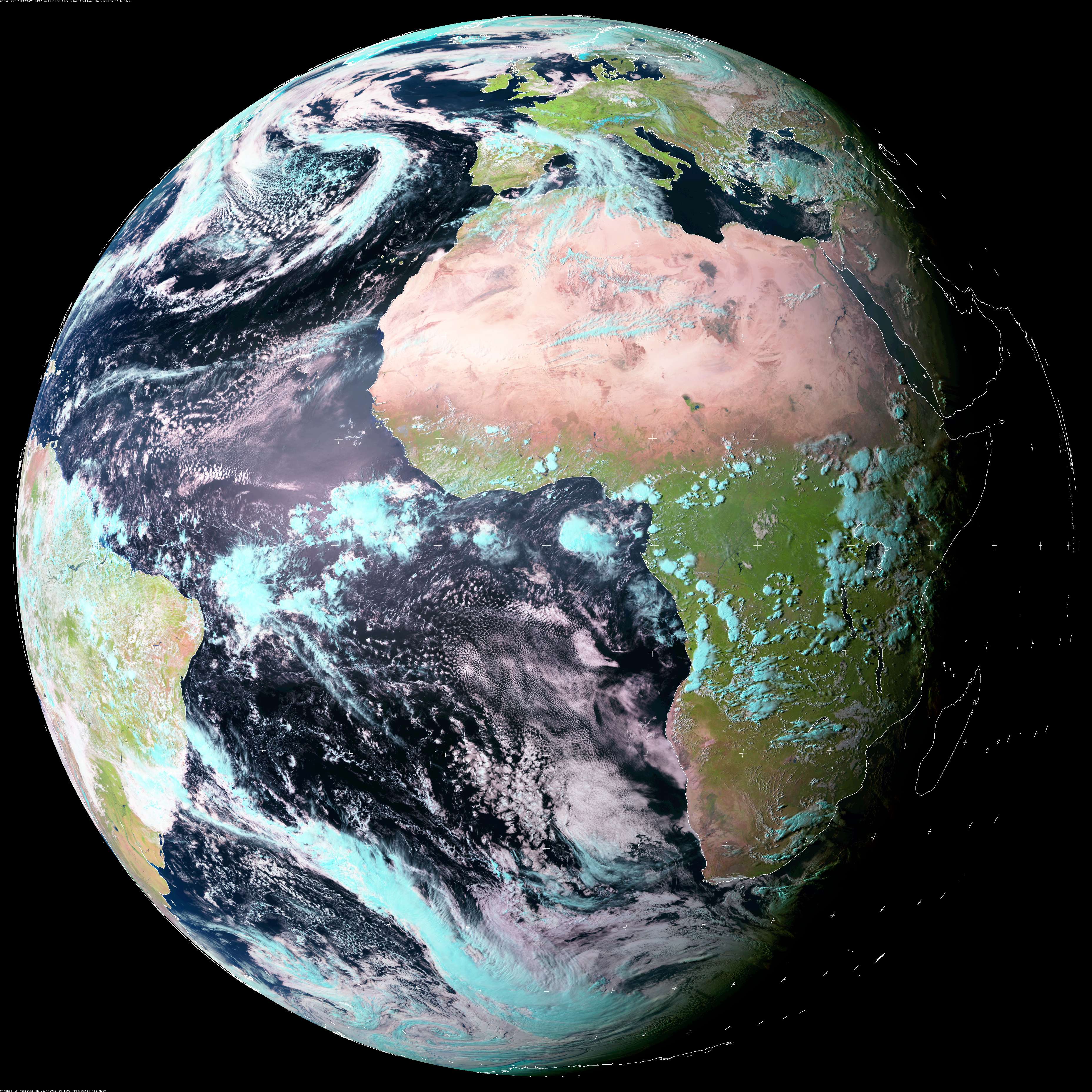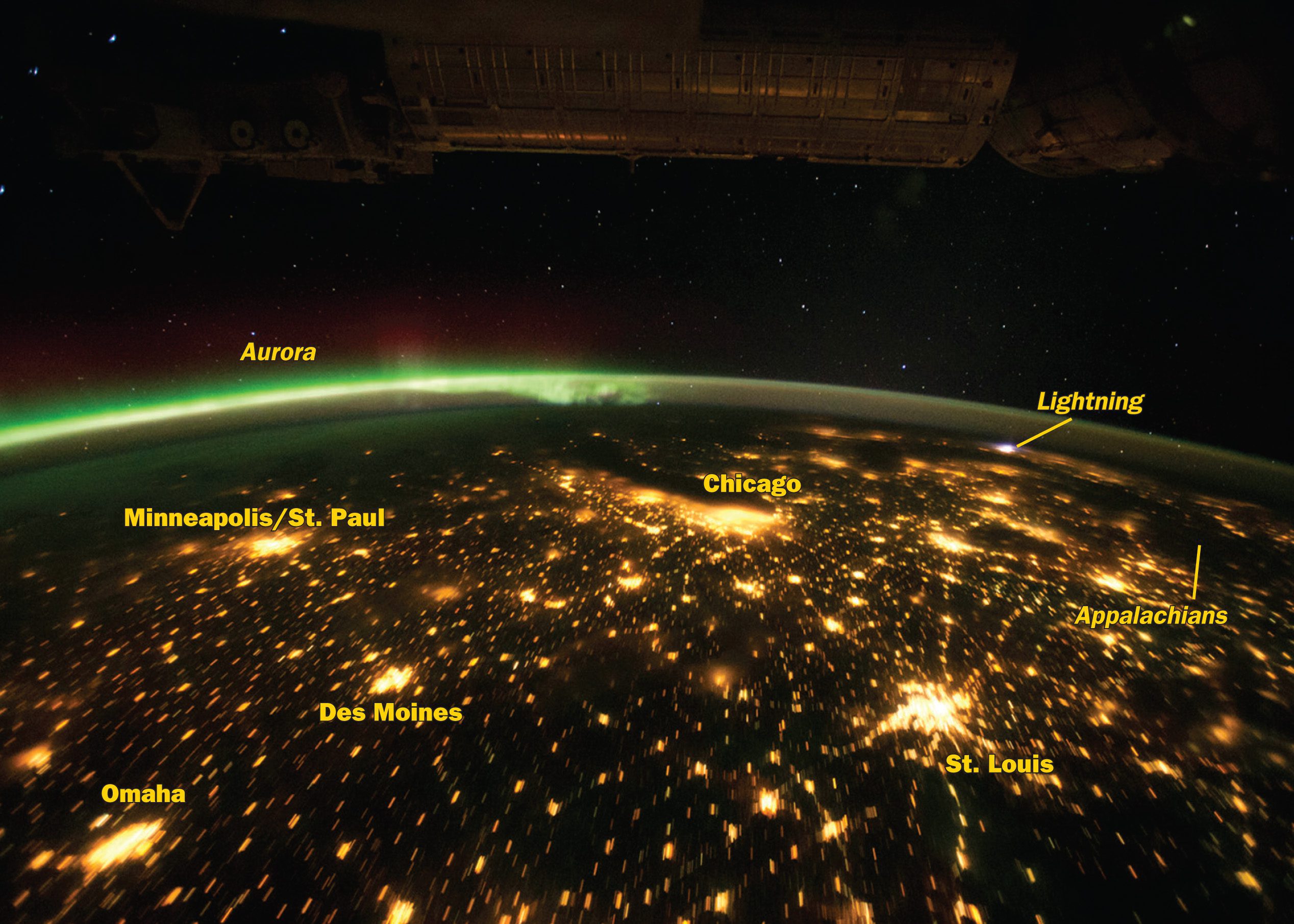

GOES-7 thus served as the sole geostationary spacecraft from 1989 to 1994. GOES-7 was also the only satellite in the history of NOAA’s geostationary satellite program to serve as both the GOES-East and GOES-West spacecraft in the course of normal operations after its predecessor, GOES-6, failed. While still spin-stabilized, GOES-4 to -7 had the ability to obtain vertical profiles of temperature and moisture throughout the atmosphere, which greatly helped meteorologists to better understand storm systems and make more accurate forecasts.

It may not look much different from the last image, but the technology aboard this newer satellite was state-of-the-art at the time. Ten years later, on Earth Day 1990, GOES-7 captured this image of our planet. Many of these images may look very similar in these large-scale views, but the advancements that came with each new satellite generation greatly improved how we monitor the weather and other environmental parameters as well as make predictions. In celebration of Earth Day, let’s take a look at just how far geostationary satellite technology has come since 1970 by looking at full-disk imagery taken every 10 years since the holiday’s inception. Today, more than 1 billion people in 193 countries participate in Earth Day activities, raising awareness about critical environmental issues. The Clean Air, Clean Water, and Endangered Species Acts were also passed. Shortly after the first Earth Day, the National Oceanic and Atmospheric Administration (NOAA) was created along with the U.S. At that moment, everyone changed.” People realized that the importance of environmental protection was not just a local backyard issue, but a global one that had no boundaries. “There were no color-coded countries… all you saw were blue oceans, dry land, and clouds. “Alone in the vacuum of space, the world was not the social studies classroom globe,” he said. In an interview with Stephen Colbert, astrophysicist Neil deGrasse Tyson explained that when astronauts arrived on the moon, humans truly discovered Earth for the first time. The creation of Earth Day also coincided with America’s first lunar missions. They chose April 22 as the official date, since it would allow for colleges and universities across the country to participate between Spring Break and final exams. Senator Nelson originally pitched the idea for a “national teach-in on the environment” to the national media and built a team to promote events across the country. What he saw inspired him to create the first Earth Day the following year.

Case in point-in 1969, Wisconsin Senator Gaylord Nelson witnessed an 800-square-mile oil spill in the Santa Barbara Channel as his plane flew over the disaster.

Taking a step back and viewing the Earth from above not only can spark awe, it also can inspire change.


 0 kommentar(er)
0 kommentar(er)
